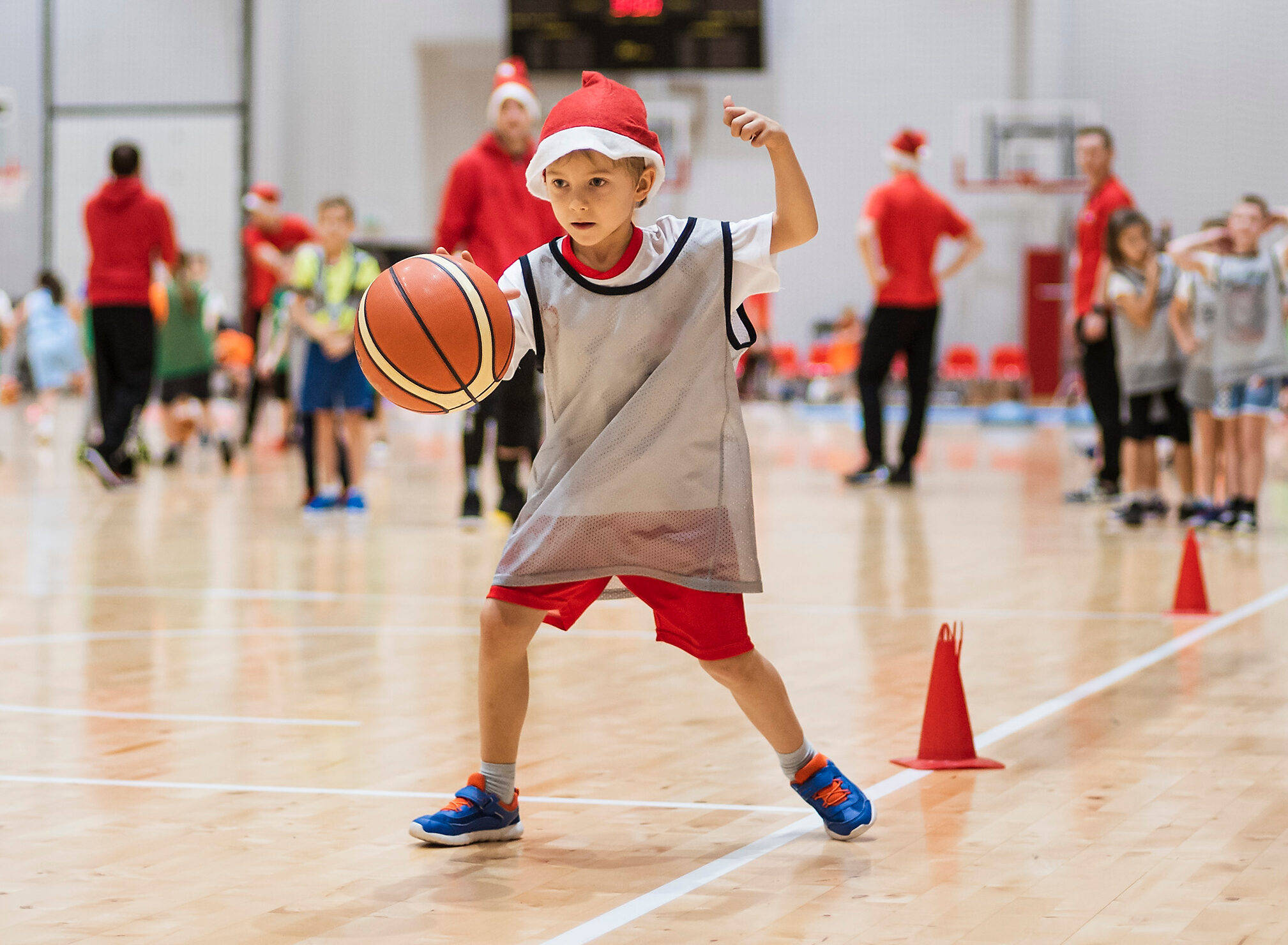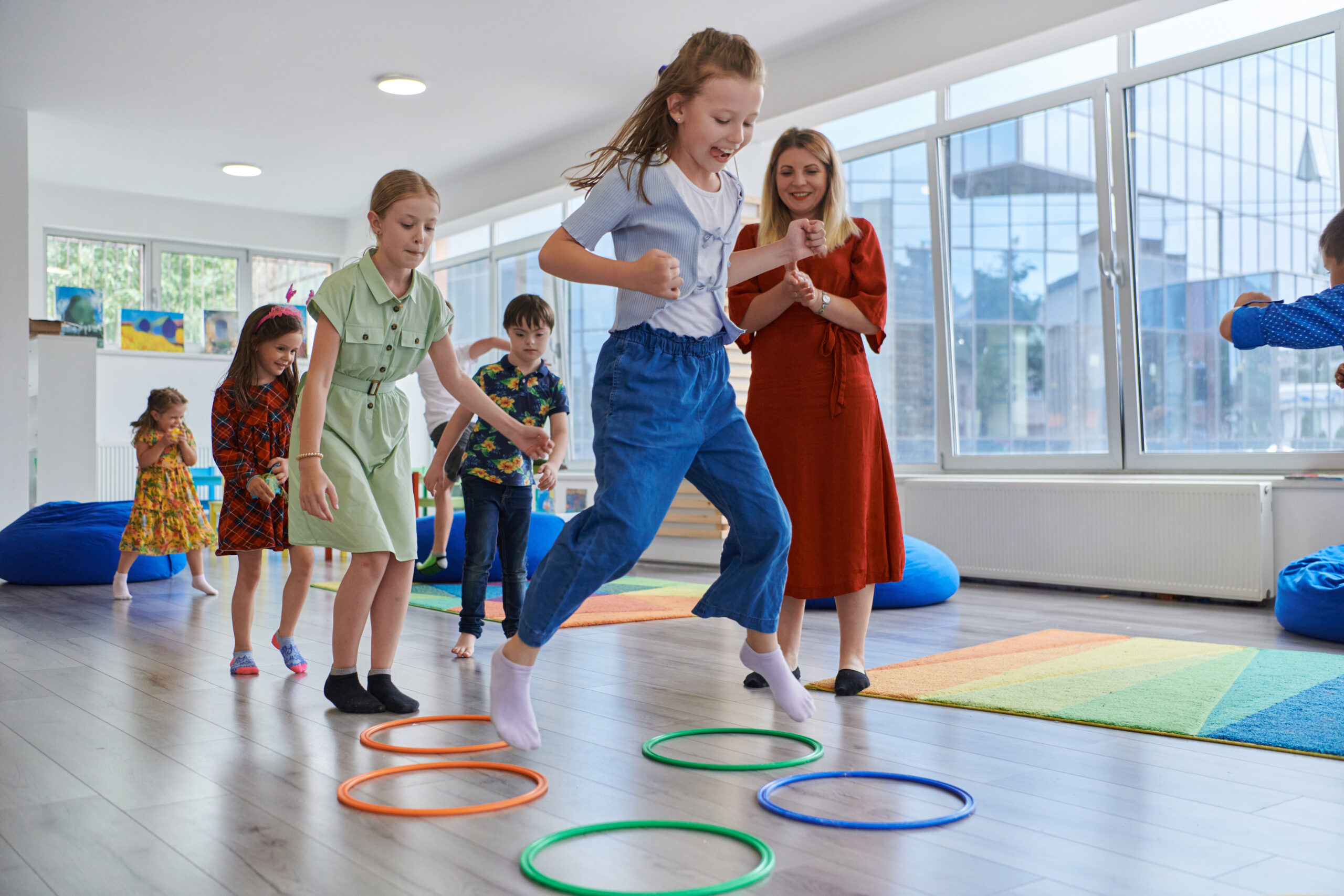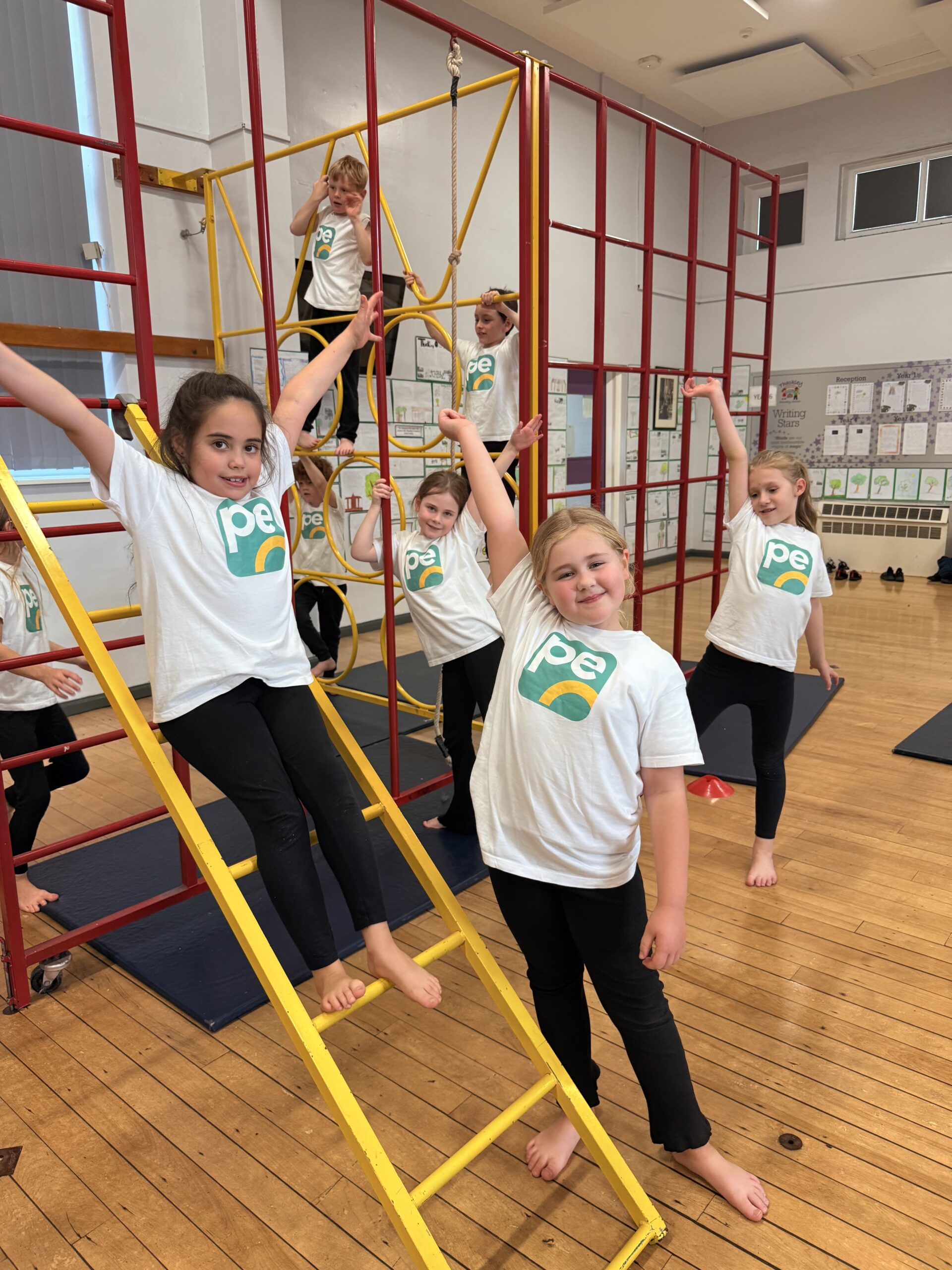Setting PE Lesson Objectives for Better Pupil Outcomes
We all want to see our PE lessons make a difference – that’s why we do it, right? That’s why we are constantly developing and creating resources, and why thousands of teachers use them every week. It is high quality PE that makes the difference – lessons that children enjoy, and look forward to. PE […]

We all want to see our PE lessons make a difference – that’s why we do it, right? That’s why we are constantly developing and creating resources, and why thousands of teachers use them every week.
It is high quality PE that makes the difference – lessons that children enjoy, and look forward to. PE lesson objectives are a fundamental part of delivering high quality PE lessons in primary schools. As PE is a knowledge based subject, it is important to share that knowledge – both procedural and declarative! Plus, by setting objectives, you can hit learning and development milestones with children – and help them feel a sense of achievement and accomplishment! When objectives are well-planned and aligned with the National Curriculum, children are more likely to develop the physical, cognitive and social skills that PE aims to grow.
Why should you set PE lesson objectives?
Unlike some subjects where progress can be measured through tests or written assignments, progress in PE can often be more abstract.
Setting goals for PE lessons will help. If you set specific learning outcomes – either skill-based, knowledge-based or related to personal development – children will understand what they are working towards each lesson.
Clear objectives can also help children self-assess and reflect on their performance, especially KS2 pupils. For example, if a lesson objective is to ‘demonstrate control and accuracy in passing a football,’ children can more easily measure their success and effort during the activity. This can massively enhance engagement, as children focus on the task and objectives. Not only that, but it encourages accountability and self-improvement.
Setting your objectives
All our lesson plans have clear and structured learning objectives, created across whole units of work to ensure progression and development. These will also make it easy to stay on track and set your PE lesson objectives. Lesson objectives help ensure the teaching and focus is right for your class. These objectives will also help emphasise key teaching points, helps guide assessment (what success looks like) and can make reflection and differentiation easier.
It is important to focus first on what you want your pupils to learn in the PE lesson. It is important to always consider your class size, age of the pupils, ability of the pupils, including any specific needs within the group, and the space and equipment available.
With this information, you can then break down the unit of work objectives down into individual lessons. This way you can create easy-to-manage targets.
You may also want to break down the objectives into different types:
- Improving skills
- Developing values
- Deepen understanding
- Broadening knowledge
Try to find a balance between all of the above – naturally, PE lessons focus on improving skills – but all objective types are important.
Align your objectives with the National Curriculum
Effective PE lesson objectives should be directly linked to National Curriculum expectations. For example, the curriculum for Key Stage 2 includes objectives like ‘develop flexibility, strength, technique, control and balance. A good lesson objective might then be: ‘To perform a sequence of balances with control and precision.’
This alignment ensures consistency and progression. It helps PE professionals map out long-term learning goals, ensuring that lessons build logically on each other over time. It also ensures that assessments are fair, transparent and rooted in national standards.
Make your PE objectives visible and meaningful
One simple yet powerful strategy is to write objectives on a whiteboard or display them digitally at the start of the PE lesson. Reinforce the objectives verbally and connect them to real-life contexts where possible. For example, linking teamwork objectives to sportsmanship in competitive games that children will know, like and maybe even follow.
Make your objectives clear and meaningful and it will encourage children to engage with the ‘why’ behind each activity!
Measure the impact of your PE objectives
Just as important as setting the objectives… Is measuring them! If objectives are clear it should also mean they are easier to evaluate. You can use formative assessment strategies like peer reviews, teacher observation checklists or even video feedback to see whether objectives are being met.
Over time, this reflective practise helps improve lesson planning and enhances the effectiveness of PE in school.

Start thinking about your PE lesson objectives for the new term!
We may be heading towards the end of the current school year – but now may be a good time to reflect on the PE lessons of this school year… And how they can influence what you do next year!
Getting a good start to September – even if it’s only initial notes and thoughts at this stage – will help you deliver better primary school PE lessons in the Autumn.
Your PE lesson objectives will then help guide children, provide focus and ensure that every PE lesson contributes to broader developmental goals outlined in the National Curriculum.
For every PE professional, taking time to craft, communicate and assess these objectives is key to improving pupil outcomes and promoting lifelong physical literacy.
Tell us how you get on!
It may not be top of mind right now for you… But when the time comes to start setting and measuring your PE lesson objectives, we want to hear how you get on!
Share your ideas or results with us on email, or via social media – we’d love to hear from you!
As always – good luck, and have fun!



